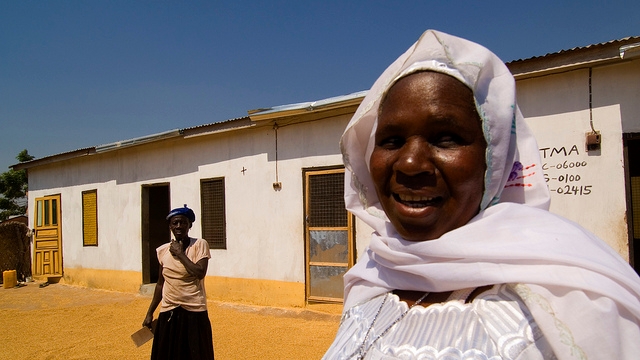Social safety nets provide regular and predictable transfers in cash or in-kind to poor and vulnerable people. They are critical for reducing poverty, boosting inclusive growth and shared prosperity, reducing food insecurity and malnutrition, increasing demand for education and health services, stimulating local economies and for helping households to better manage risks and cope with shocks.
Social safety nets are not just about assistance – they are an important ingredient for building and strengthening social contracts between states and their citizens.
The State of Social Safety Nets 2014 aims to provide key information on the state of social safety nets in developing and emerging countries. Using data from 146 countries, including detailed household survey data from 69 countries in the World Bank Atlas of Social Protection: Indicators of Resilience and Equity (ASPIRE) database, the report provides new estimates on the coverage of social safety net programs, their features, level of government spending, and recent empirical evidence. It also reviews important policy and practical developments and highlights emerging innovations.
